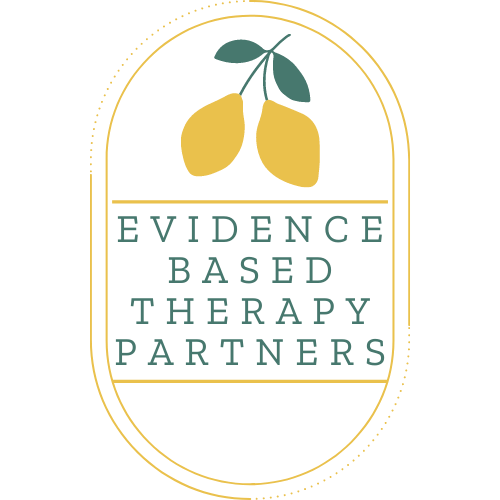
“Healing from trauma can also mean strength and joy. The goal of healing is not a papering-over of changes in an effort to preserve or present things as normal. It is to acknowledge and wear your new life – warts, wisdom, and all – with courage.”
—Catherine Woodiwiss
Trauma Therapy
Trauma affects every facet of a trauma survivor’s life. It shakes up our ability to feel safe in the world, trust others and ourselves, and feel that we have power and control over our lives. It also often impacts our self-esteem and ability to be intimate in relationships.
Trauma can take many forms. It can be one experience, such as a car accident or an assault, or it can span several years such as ongoing physical, emotional, or sexual abuse. People who have experienced trauma often report that it is difficult to anticipate a future in which they can experience joy. It is also not uncommon for people to feel that they are to blame for the traumatic event/s, and should have been able to somehow prevent the event/s from happening. Given how excruciating it is to think about the traumatic event/s, people who have experienced trauma try to avoid any external or internal reminders of the trauma. While avoidance works well in the short-term to reduce distress, it is the thing that interferes with healing from the trauma. Avoidance interferes with the emotional processing and the new learning that needs to take place in order to heal from trauma.
There are many treatments for trauma and the ones with the most robust evidence base are
Prolonged Exposure Therapy & Cognitive Processing Therapy
Cognitive Processing Therapy.
Cognitive Processing Therapy (CPT) is a cognitive behavioral treatment, which draws mainly from the cognitive interventions of CBT. CPT helps people understand how they have made sense of their trauma. Our attempts to explain why the trauma may have occurred often leads us to blame ourselves or others. This is because it’s often harder to accept that we may not have been able to do much to prevent the trauma. It goes against how we want to see the world. However, holding on to blame interferes with healing from the trauma, as we get stuck in never-ending cycles of shame and or anger. CPT additionally helps people see how the trauma has impacted the way they think about themselves, others, and the world. Trauma often causes us to see the world, ourselves, and others in extreme and negative ways, such as “no one can be trusted” or “the world is entirely unsafe.” Thinking in these extreme ways give us the illusion that somehow, we are in control and can prevent any future trauma or suffering. However, these thoughts disconnect us from ourselves and others, and interfere with our ability to ultimately lead full and meaningful lives. The goal of CPT is to right size our thinking so that we see the trauma in it’s true light and think about ourselves, others, and the world in more balanced ways, thus allowing us to reclaim our lives from the trauma.
Prolonged Exposure.
Prolonged Exposure (PE) is also a CBT based treatment, however it draws mainly from the behavioral interventions of CBT (i.e. exposure). Prolonged exposure aims at helping people stop avoiding their traumatic memories and any external trauma reminders (e.g. people, places, or things that are reminders of the trauma). The goal is to overcome the fear that is holding trauma survivors back from living full lives. Prolonged exposure incorporates two forms of exposure: imaginal exposure and in-vivo exposure. The purpose of imaginal exposure is to recount the traumatic event in great detail, in order to help trauma survivors recognize they can tolerate the trauma memories without responding with intense fear and avoidance. This type of exposure also allows people to recognize possible misperceptions in the way they viewed the traumatic event, such as blaming themselves for something that was not actually their fault. The purpose of in-vivo exposure is to intentionally stop avoiding places, people, and things that are trauma reminders, thus helping people re-connect to their lives and values.
Resources
Books.
Treating The Trauma of Rape: Cognitive-behavioral therapy for PTSD
by Edna B. Foa and Barbara Olasov Rothbaum
Cognitive Processing Therapy for PTSD: A Comprehensive Manual
by Patricia A. Resick, Candice M. Monson, and Kathleen M. Chard
Websites.
Information from the Center for the Treatment and Study of Anxiety
directed by Edna B. Foa, PhD
The Official Website for Cognitive Processing Therapy (CPT)
hosted by the treatment authors: Patricia Resick, PhD, Kate Chard, PhD, and Candice Monson, PhD.
Research Articles.
Beyond the manual: The insider's guide to Prolonged Exposure therapy for PTSD
by Elizabeth A. Hembree, Sheila A.M.Rauch, and Edna B.Foa
If you think you can benefit from this type of treatment, please don’t hesitate to reach out.Your provider can help you determine which treatment option is best suited for you.
“One day you will tell your story of how you overcame what you went through and it will be someone else’s survival guide.”
— Unknown

